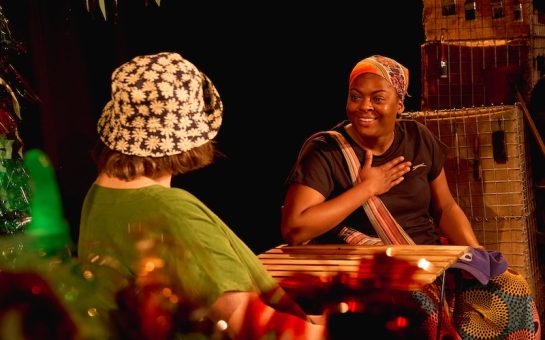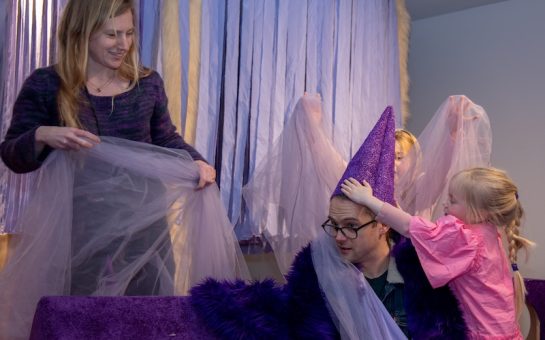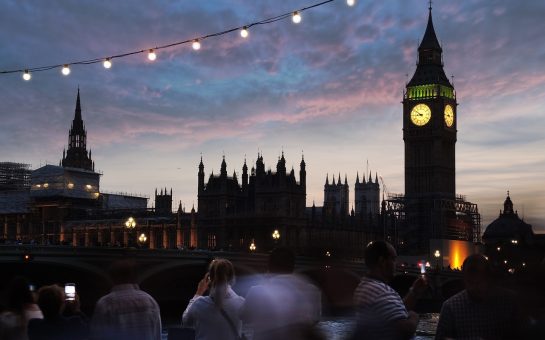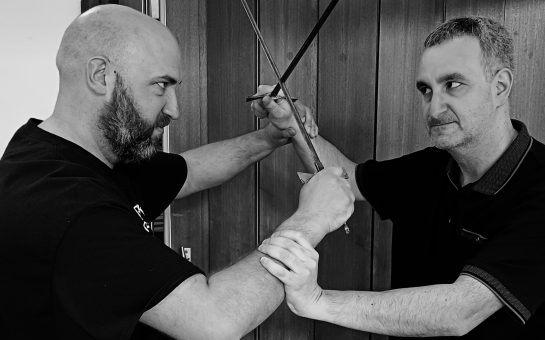Curtains have been down across the nation for nearly 9 months. Seats have remained empty, lights have stayed dim and stages left vacant.
The performing arts industry has suffered the largest blow in its history.
Here in London, the effects have not only been felt in the West End, the home of 39 theatres, but most acutely by over 100 independent fringe theatres dotted in the capital’s suburbs.
One such theatre is Orange Tree Theatre, a 170 seat venue in Richmond, which despite support from the Culture Recovery fund, is projected to lose around £965,000 by next March.
Artistic director Paul Miller described the last eight months as ‘hibernation’.
He recalled the last week his theatre staged performances in March: “I remember telling actors who didn’t realise that they had given their last performance on the Saturday night before and having to talk to the director of the show that we were unable to go ahead.
“Shutting the building down and sending the staff home was a catastrophic week which I will never forget.”
He explained that the small size of the theatre, above a pub, all but rules out any possibility of socially distanced performances.
But with a substantial financial boost from the Cultural Recovery fund, he was optimistic that the curtain would rise again next spring.
He said: “I now feel confident that we can bridge the gap, but up until now it’s been very scary.
“We just feel like now we are turning a corner.
“We’ve been in a very fortunate position compared to other theatres.”
This didn’t stop him expressing concern that it would take time for people to be confident enough to book a ticket.
Like most unsubsidised theatres, Orange Tree needs a 90% full house to survive financially, ruling out any possibility of socially distanced audiences.
Andrew Shepherd, executive director of Theatre 503, a 63-seater auditorium above the Latchmere Pub, Battersea, and home to the most first-time playwrights in the country, remained cautiously optimistic about the prospect of a return in 2021.
Shepherd said: “We’re one of those classic unsubsidised venues as such we are perilously close to closure.
“But with fringe theatre I think there is a yearning and desire for people to come back.
“What I am concerned about is companies’ ability, particularly with first time producers, being able to successfully put the show on in the first place.”
A huge challenge for the industry has been for the actors, many freelance, who have been disadvantaged by the Government’s job retention scheme, currently scheduled to run to at least the end of March 2021.
Shepherd acknowledged the risk of some, especially those from ethnic minority and diverse backgrounds, ‘falling through the cracks’.
Shepherd said: “The industry will recover, but it will come at the expense of some people’s jobs, people’s roles and their mental health.”
Shepherd believes however that theatres will have a branding issue to get over in winning back people’s confidence, and that the same approach used for ensuring safety on stage is used to make venues Covid secure.
“It’s our responsibility to communicate all the things we are doing to keep people safe, to keep people protected.
“The mindfulness you have in building a show, taking that view and care in audience support will ironically make us a better industry in the long term, so I’m hoping that can be an advantage to us as well as a challenge.”
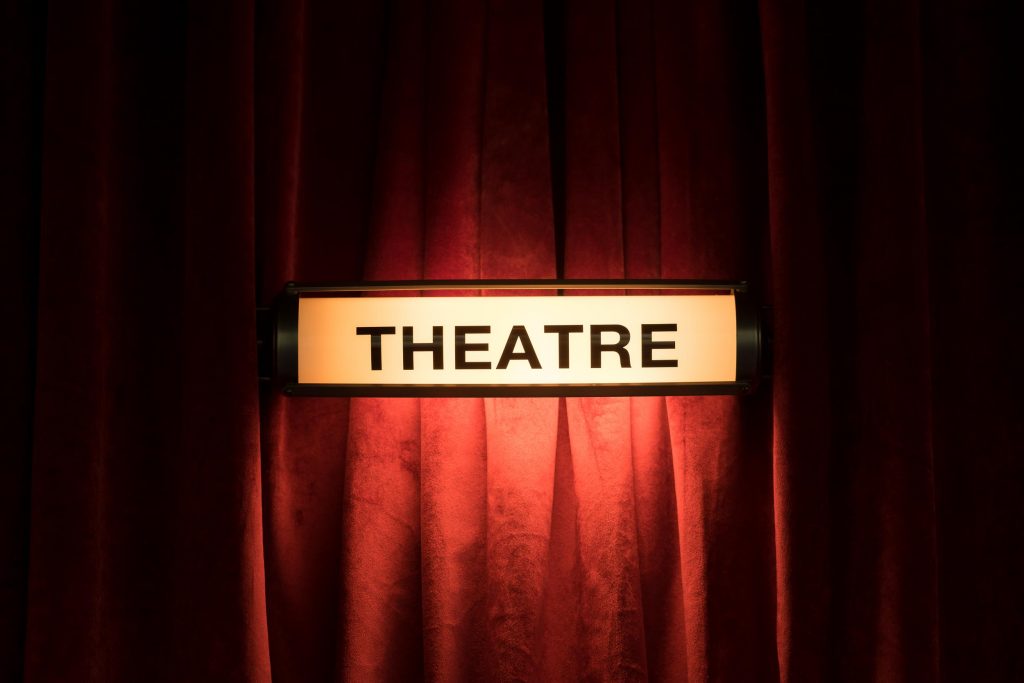
But not all theatres have found Covid restrictions as a barrier to staging shows. The OSO Arts Centre and theatre in Barnes adapted its auditorium in October to accommodate socially-distanced performances.
Artistic director Jonny Danciger said: “We’ve tried to take a positive approach to everything where you know every logistical challenge and guidelines change each month. We look at it and think how can we treat these challenges as a set of creative opportunities?
“Our size has meant that we have been able to turn on a dime.”
